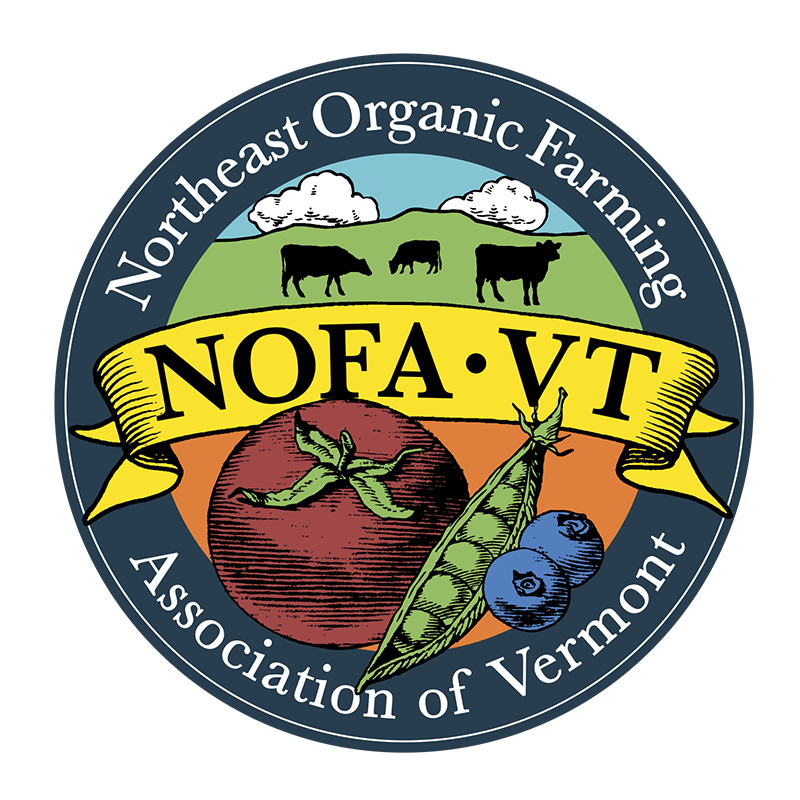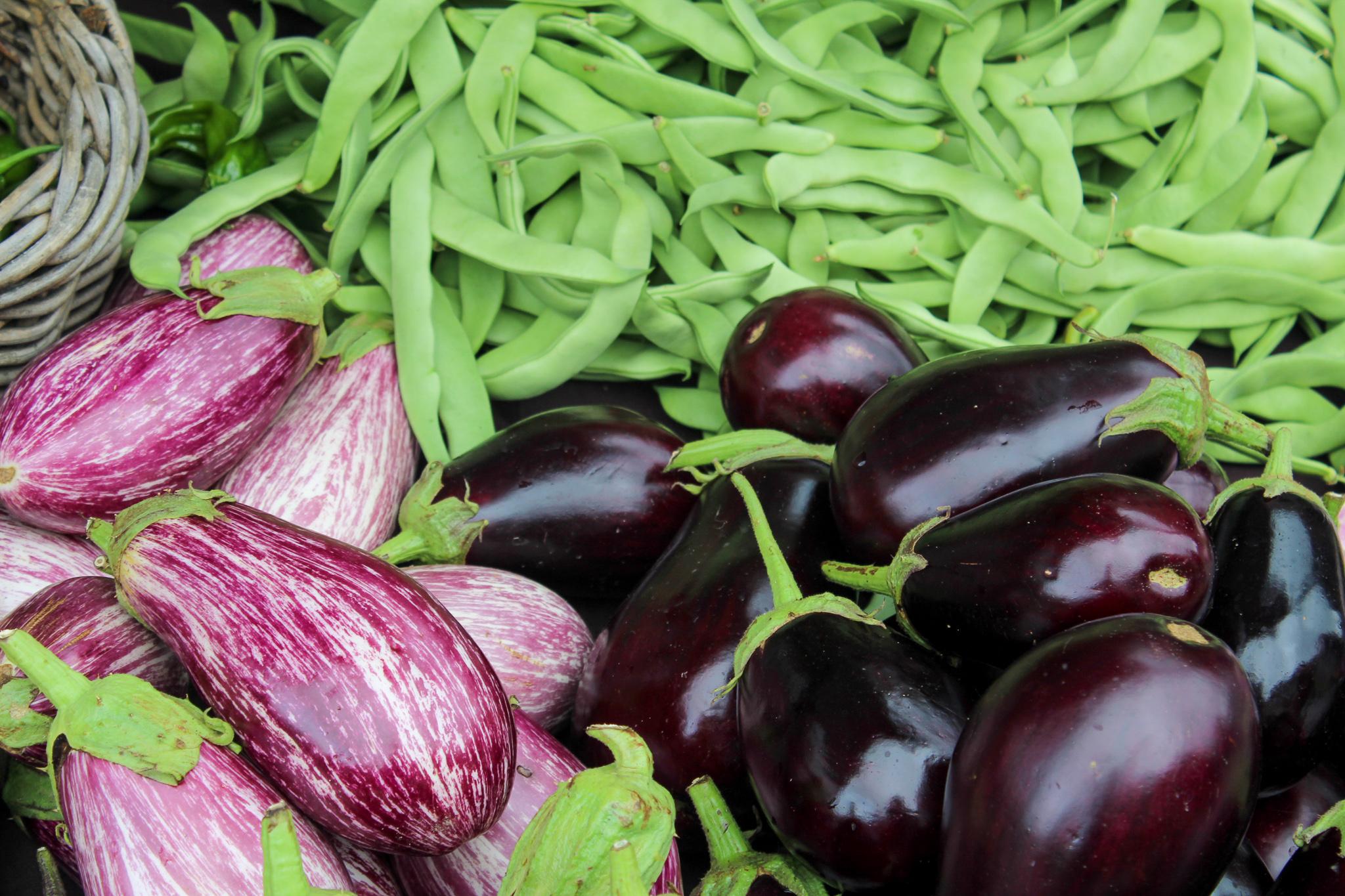In response to this summer's flooding and persistent rain, we have been advocating for emergency relief both within the state and federally. We’ve been regularly meeting with our federal delegation, the Farm Service Agency, and the Agency of Agriculture, Food, and Markets to communicate farmers’ needs and push for support in the swiftest way possible.
The mechanics of federal emergency programs meant for farms are built to support consolidated monocultures– not small-scale and diversified farms. We’ve seen from the State of Vermont Agency of Agriculture Food and Market’s “Loss & Damage Report,” that over 70% of the farms who reported flooding loss and damage do not have crop or livestock insurance. Further, we have heard from farmers who were enrolled in these programs that the payouts they received paled in comparison to the losses they painstakingly documented and reported.
Here is a real-life Vermont example of how this plays out for farmers who have gone to the trouble of trying to access federal aid. A farm that was dramatically impacted by the flooding, who has asked to remain anonymous, shared their story with us recently. One of the many crops that they grow is strawberries, and in a normal year, they anticipate about $15,000 of income from this crop. This year, they documented losses of $12,000 and filled out the complicated paperwork to apply for federal aid to provide retroactive insurance for this crop. They were eventually approved for aid, but the payment they received was only $380: 3% of their overall loss. Not only did the $380 not even cover their labor to document the loss and fill out the required paperwork, they were also not allowed to clean up their fields and replant until an inspector came out to see it themselves– a process that took several weeks and cost them precious time in the waning weeks of this tumultuous growing season. We’ve heard from some additional farms who were still waiting for these inspections well into September.
We are seeing example after example of situations like this playing out, where federal aid is totally inadequate or impossible to attain. While we are trying hard to fill in the gaps left by the lack of meaningful federal support, we see another equally important part of our role as highlighting these challenges in an effort to bring greater understanding among lawmakers as well as building political will to change these policies that prefer large-scale, industrial agriculture over appropriate scale, sustainable agriculture. In response, one of the projects we have been working on is creating a farmer sign-on letter to be circulated around the northeast region calling on Congress to include key changes to crop insurance and disaster aid in the farm bill to ensure smaller scale, more diversified producers have a stronger safety net in place next time a disaster hits. You can find more details about this here and we hope you will join your voice with ours for larger systemic changes that will lead to a more resilient future for us all!
Strengthen Crop Insurance and Disaster Relief for Farmers:
Sign the Letter

